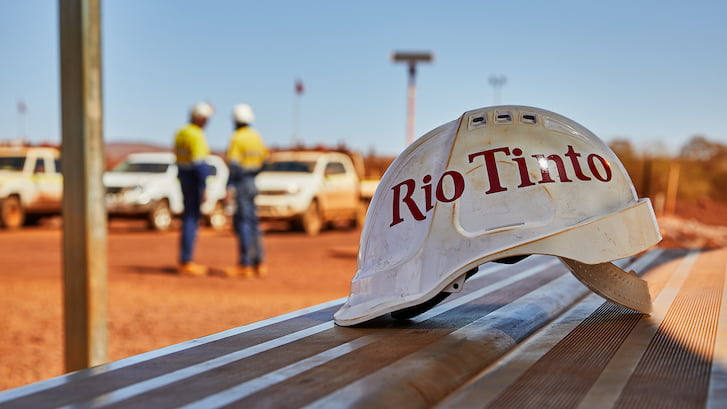 Resources and manufacturing are key international investment focal points of the WA Government’s targeted export strategy.
Resources and manufacturing are key international investment focal points of the WA Government’s targeted export strategy.
Future State: Accelerating Diversity WA identifies the most significant opportunities driving international investment to support WA’s transition to a cleaner, greener, technologically applied economy.
“The race is on for WA to ensure we remain as front-runners in the global economy,” says State Development, Jobs and Trade Minister the Hon Roger Cook MLA.
“This strategy will ensure we attract global investment in the clean transition, which topped US $1 trillion last year.”
The export plan builds on the Government’s investment strategy, Diversify WA, which identified priority industries for growth: energy, tourism and events, international education, defence industries, mining and METS, space industries, health and medical life sciences and primary industries.
It aligns and fast-tracks the focus of government and industry to increase WA’s competitiveness while supporting the State’s industries to scale up and move up the value chain.
“We know that one way we can support the development of a strong and diversified economy that delivers secure, quality jobs for the future, is by attracting investment into a range of priority export sectors,” Minister Cook says.
“Future State aims to increase awareness, particularly among international investors, of Western Australia’s strengths, competitive advantages and strategic opportunities.
“Building on the success of the first round of our Investment Attraction Fund, the next round will focus on some of our most exciting opportunities, supporting the growth of our new energies industries such as hydrogen, providing green, reliable energy sources to the world while creating local jobs.”
The strategy identifies nine targeted opportunities to accelerate WA’s economic diversification:
- Renewable hydrogen production and scaling;
- Advanced critical minerals processing;
- Development of carbon capture, utilisation and storage projects;
- Decommissioning of oil and gas infrastructure;
- High-value food and beverage production;
- Naval shipbuilding, sustainment and maintenance;
- Manufacturing of medical products and digital health devices;
- Manufacturing, utilisation and maintenance of space and cross-sector technologies; and
- Regional tourism destination development.
These specific sectors were identified based on their alignment with key global trends, potential for strong economic and social benefits, synergies with existing government commitments and industry investment and capability.
The Government will fast-track activities that align with the strategy, including reducing barriers to economic development and create a business environment that is conducive to attracting investment into diversification opportunities.
Acknowledging that export initiatives may take several years to implement, the strategy will be flexible to changing trends and opportunities.
The Government aims that the nine sectors will reach ‘maturity’ by 2035, although the strategy notes that all but three sectors – those relating to sustainability – were still in the ‘development’ phase in 2022.
CCIWA’s International Trade and Investment Centre (ITIC) helps businesses reduce the time, cost and risk of going global. Contact the team for a free consultation on (08) 9365 7620 or via [email protected].









